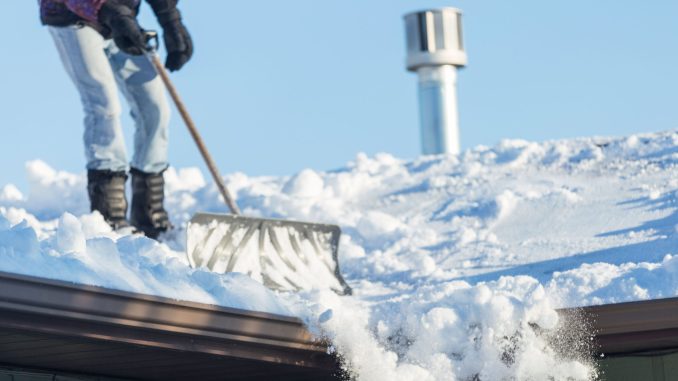
This is going to be a hard winter for your wallet.
President Joe Biden’s war on American energy has not reached its peak. Gas prices remain high, and the Biden administration has no workable plan to reduce them.
The rise in energy prices is visible every time Americans fill up their vehicles. In November, the national average price for a gallon of regular gasoline was $3.68 per gallon, up from the monthly average price of $3.39 per gallon in November 2021. That’s far higher than average price for past Novembers, $2.42 per gallon, in the five years prior to Biden’s election.
Too many Americans are finding that the pain doesn’t stop at the pump. The U.S. Energy Information Administration’s winter fuels forecast projects that American households across the board will pay more this winter to heat their homes than last year.
The Energy Information Administration breaks down its projections based on regions of the U.S. and heating sources. For example, in the South, where 65% of households rely on electricity for heating, bills are projected to be 13% higher this winter. However, the South may be better off this winter than the rest of the country, which is more dependent on natural gas.
Natural gas is used for heat in only 28% of Southern households, but 55% of households in the Northeast, 64% in the Midwest, and 53% in the West. The Energy Information Administration projects heating expenditures for those households to significantly increase in all regions this winter compared with last winter: 20% in the Northeast, 31% in the Midwest, and 24% in the West.
High energy prices are projected to be the worst for New Englanders, where costs are the highest for every source of home heating that the agency tracks.
Overall, energy prices have increased by 18% in the past year and inflation is at 7.7%, a 40-year high. To make matters worse, real average hourly earnings have decreased by 2.8%, making it harder to pay energy bills.
American households need to hope for a warmer winter to reduce some energy needs, but hope is not a plan, nor is it an energy policy.
Biden’s anti-energy policies are only making things worse. The Biden administration tried to reduce prices with short-term releases from the Strategic Petroleum Reserve. All in all, Biden has released more than a third of the strategic reserve, and the stockpiles are now at a 40-year low.
Americans’ energy woes could be eased in the long term if Biden would allow American companies to access the country’s abundance of energy. However, the administration has made very clear it has no intention of improving Americans’ access to the oil, natural gas, or coal that meet 79% of Americans’ total energy needs for heat, power, and transportation. (Nuclear energy provides 8% of Americans’ energy needs, and renewable sources, such as solar and wind, provide 12%.)
Biden has openly fought to minimize American energy production, whether by ending the Keystone XL pipeline on his first day in office or by preventing new drilling leases from being approved and throwing up dozens of regulatory roadblocks to building new energy infrastructure. The administration’s strategy is to reduce the production of conventional fuels in order to solve climate change, instead of solving the real problems of everyday Americans, such as high energy prices.
The president’s anti-energy policies are unsustainable. The best way to lower energy prices is to increase American energy production and help other countries do likewise. But if Biden has his way, high energy prices will be here to stay.
Have an opinion about this article? To sound off, please email letters@DailySignal.com and we’ll consider publishing your edited remarks in our regular “We Hear You” feature. Remember to include the url or headline of the article plus your name and town and/or state.

Be the first to comment